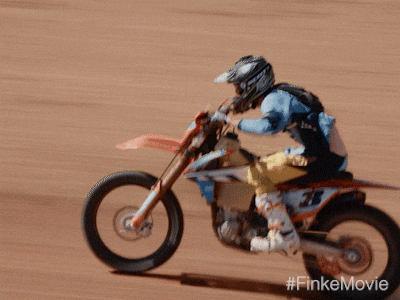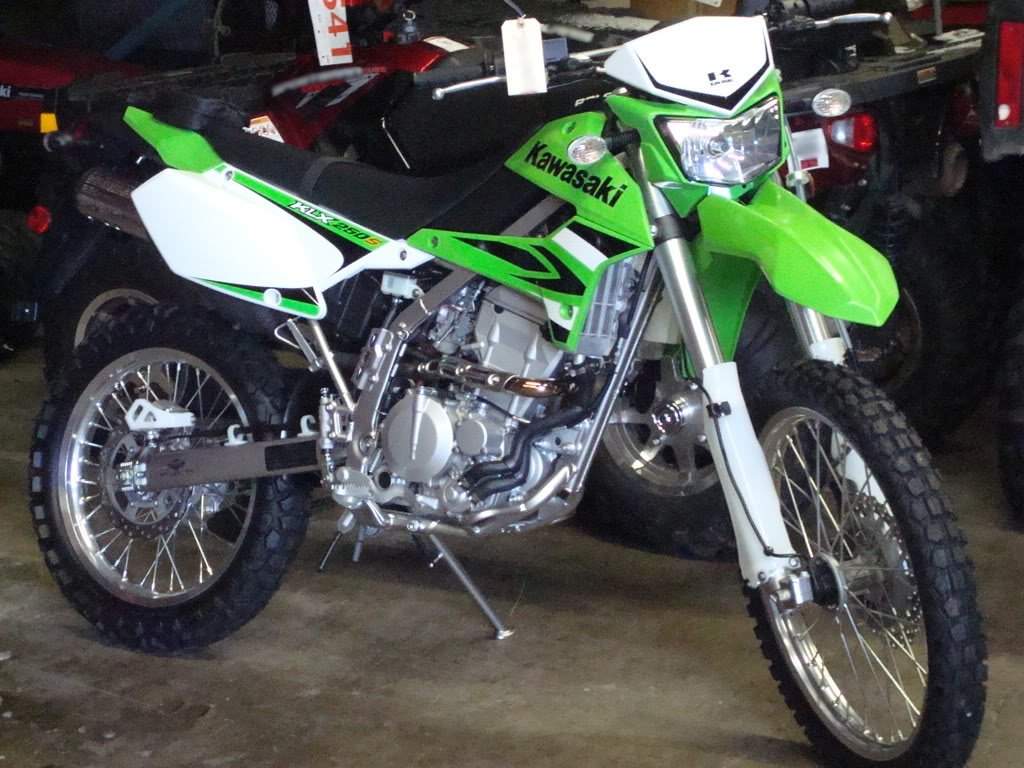

Motocross first evolved in Australia from motorcycle trials competitions, such as the Auto-Cycle Clubs's first quarterly trial in 1909 and the Scottish Six Days Trial that began in 1912. When organisers dispensed with delicate balancing and strict scoring of trials in favour of a race to become the fastest rider to the finish, the activity became known as "hare scrambles", said to have originated in the phrase, "a rare old scramble" describing one such early race. Though known as scrambles racing in the United Kingdom, the sport grew in popularity and the competitions became known internationally as "motocross racing", by combining the French word for motorcycle, motocyclette, or moto for short, into a portmanteau with "cross country". The first known scramble race took place at Camberley, Surrey in 1924.During the 1930s the sport grew in popularity, especially in Britain where teams from the Birmingham Small Arms Company (BSA), Norton, Matchless, Rudge, and AJS competed in the events. Off-road bikes from that era differed little from those used on the street. The intense competition over rugged terrain led to technical improvements in motorcycles. Rigid frames gave way to suspensions by the early 1930s, and swinging fork rear suspension appeared by the early 1950s, several years before manufacturers incorporated it in the majority of production street bikes.The period after World War II was dominated by BSA, which had become the largest motorcycle company in the world BSA riders dominated international competitions throughout the 1940s.
A Maico 360 cc with air-cooled engine and twin shock absorbers on the rear suspension
In 1952 the FIM, motorcycling's international governing body, set up an individual European Championship using a 500 cc engine displacement formula. In 1957 it was upgraded to World Championship status. In 1962 a 250 cc world championship was established. In the smaller 250 cc category companies with two-stroke motorcycles came into their own. Companies such as Husqvarna from Sweden, CZ from the former Czechoslovakia, Bultaco from Spain and Greeves from England became popular due to their lightness and agility. Stars of the day included BSA-works riders Jeff Smith and Arthur Lampkin, with Dave Bickers, Joe Johnson and Norman Brown on Greeves. By the 1960s, advances in two-stroke engine technology meant that the heavier, four-stroke machines were relegated to niche competitions.[4] Riders from Belgium and Sweden began to dominate the sport during this period.[2][5] Motocross arrived in the United States in 1966 when Swedish champion, Torsten Hallman rode an exhibition event against the top American TT riders at the Corriganville Movie Ranch also known as Hopetown in Simi Valley, California. The following year Hallman was joined by other motocross stars including Roger DeCoster, Joël Robert, and Dave Bickers. They dominated the event, placing their lightweight two-strokes into the top six finishing positions.[6][7] Motocross began to grow in popularity in the United States during this period, which fueled an explosive growth in the sport.[8]
By the late 1960s Japanese motorcycle companies began challenging the European factories for supremacy in the motocross world. Suzuki claimed the first world championship for a Japanese factory when Joël Robert won the 1970 250 cc crown.[9] The first stadium motocross event took place in 1972 at the Los Angeles Coliseum.[10] In 1975 a 125 cc world championship was introduced.[2] European riders continued to dominate motocross throughout the 1970s but, by the 1980s, American riders had caught up and began winning international competitions.[11]
During the late 1970s and early 1980s, Japanese motorcycle manufacturers presided over a boom period in motocross technology. The typical two-stroke air-cooled, twin-shock rear suspension machines gave way to machines that were water-cooled and fitted with single-shock absorber rear suspension. In the 1990s, America's leading motorcycle sport governing body, the AMA, increased the allowable displacement limit for four stroke powered machines in the AMA motocross championship, due to the low relative power output of a four stroke engine, compared to the then-dominating two stroke design. By 1994, the displacement limit of a four stroke power motocross bike was up to 550 cc in the 250 class, to incentivize manufactures to further develop the design for use in motocross.[12] By 2004 all the major manufacturers had begun competing with four-stroke machines. European firms also experienced a resurgence with Husqvarna, Husaberg, and KTM winning world championships with four-stroke machinery.
The sport evolved with sub-disciplines such as stadium events known as supercross and arenacross held in indoor arenas. Classes were also formed for all-terrain vehicles. Freestyle motocross (FMX) events where riders are judged on their jumping and aerial acrobatic skills have gained popularity, as well as supermoto, where motocross machines race both on tarmac and off-road. Vintage motocross (VMX) events take place – usually[quantify] for motorcycles predating the 1975 model year. Many VMX races also include a "Post Vintage" portion, which usually includes bikes dating until 1983.
I like dirtbikes because, they keep you from being bored, and from playing video games. They also keep you from getting in trouble because when your bored you tend to start doing troble. They are very fun because once you get good at riding you can try going off jumps or try doing wheelies and other crazy stuff.
These are the 3 best 250 dirtbikes



I like to ride dirtbikes in ORV parks and I like to ride them on dirt rodes or even around in the woods.